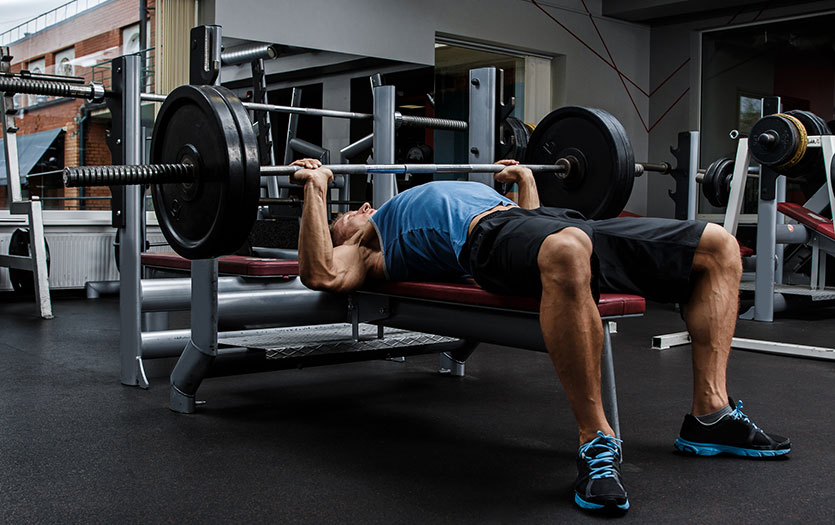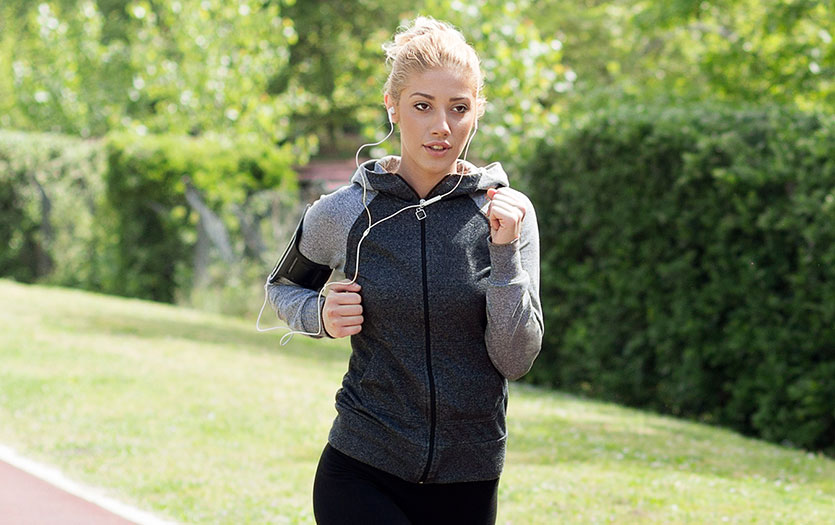
There are many benefits to regular stretching for athletes. Whether you want to improve your athletic performance or increase flexibility and relieve pain and tension, stretching may be the answer. No matter your goal, proper stretching is a key component in your overall health, well-being and fitness level. For more on the subject, we turned to Jillian Hacker, certified athletic trainer, Parkview Sports Medicine, to elaborate on the importance of stretching and which type is right for you.
The importance of stretching
If you want to gain the maximum benefit from exercise, it is important to warm up and cool down. Stretching is an important part of exercise and provides several benefits for athletes. When included prior to physical activity, it increases range of motion and decreases muscle stiffness. After exercise, stretching may have a therapeutic effect by alleviating muscle soreness. Certain types of stretching serve to increase body temperature and delivery of oxygen to working muscles. Proper warm-up and maintenance of adequate flexibility will help prevent muscle and tendon injuries such as strains and ruptures.
Types of stretching
There are four types of stretching that can benefit athletes. They are static, dynamic, proprioceptive neuromuscular facilitation (PNF) and ballistic. Let’s take a closer look at each one:
- Static stretching: This type of stretching involves holding a position for 10-30 seconds, allowing the muscle to relax. A seated hamstring stretch or a sleeper stretch for the shoulder are perfect examples. Static stretches should be held at a point of mild discomfort but should never be painful. Static stretching is most effective with increased body temperature and elasticity of muscles, usually post-workout.
- Dynamic stretching: This type of stretching happens when an athlete moves through their full range of motion without holding the end position. It is often performed over 20 meters and begins with general exercises before moving into sport-specific ones. Dynamic stretching routines should last from 10-15 minutes and serve as a warm-up for physical activity. Examples of dynamic stretching can include leg kicks, hamstring scoops and arm circles.
- PNF stretching: This type of stretching works to increase the range of motion through a series of muscle contractions and passive stretches. This method acts on mechanoreceptors in the muscle that respond to tension changes. Athletes can perform PNF stretching solo or with a partner and are usually included in rehabilitation sessions.
- Ballistic stretching: This stretch is a series of quick bouncing motions where you do not hold the end position. It is often not recommended due to the risk of injury associated with it, and an effective warm-up must precede it.
What to stretch
Before exercise, it is important to warm up the major muscle groups of the body. Below are examples of stretches for the major muscle groups involved in most physical activity:
- Anterior thigh: Lunge walk, quad pull with reach
- Posterior thigh: Walking knee lift, forward lunge with elbow to instep, inch worm
- Lower leg: Inch worm
- Torso: Lunge with a twist, heel walk, toe walk
- Upper body: Arm swings, arm circles
Stretching for sport
While static stretching provides an excellent benefit for athletes, such as gymnasts, dancers and figure skaters, it requires a great range of motion and caution before athletic activities requiring high power output. Static, PNF and ballistic stretching help alter the stretch-shortening cycle of muscles, decreasing maximal force production. Use these stretches within 10-15 minutes of the end of practice for increased flexibility and no long-term performance impairment. In sports that require quick, explosive movements and maximal sprints, dynamic stretching has shown to be more beneficial in preparation for competition by increasing core temperature and preparing the athlete for sport-specific activity.



